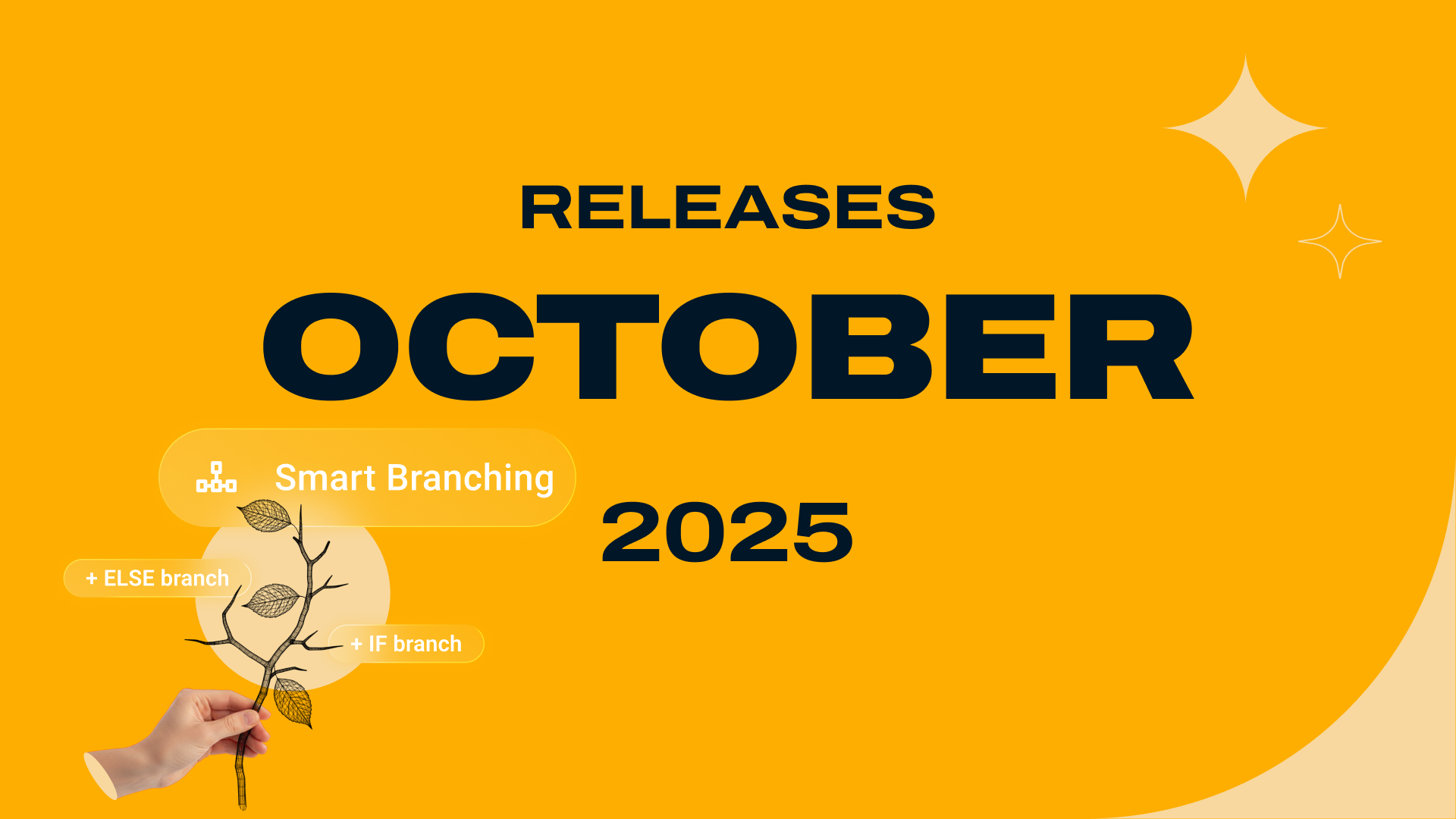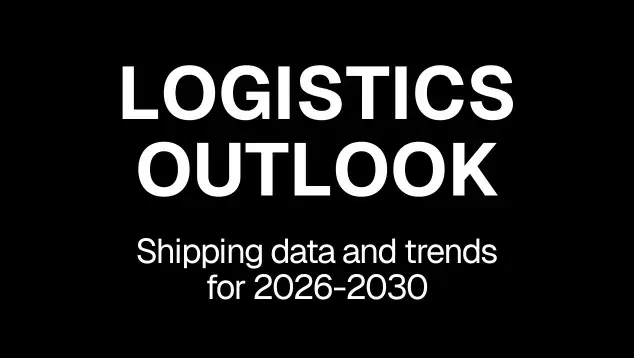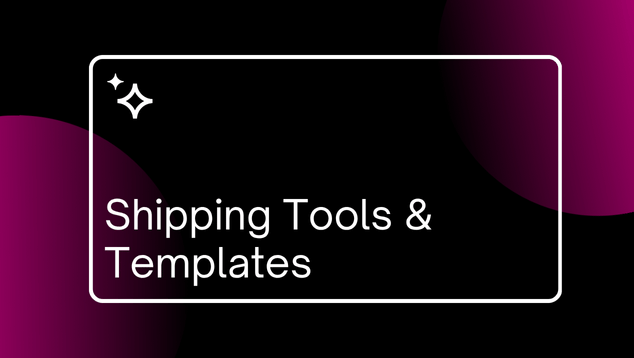Dealing with Backorders while Dropshipping
What is Backordering?
A backorder is just a customer order that cannot be filled when presented, and for which the customer is prepared to wait for some time.
The percentage of items backordered and the number of backorder days are significant measures of the quality of a company’s customer service abilities.

Why This Matters to You?
If you plan on incorporating dropshipping into your business practices, you will likely run into the following scenario:
You have 50+ items listed on your e-commerce site and unfortunately…2 have just run out of stock. Due to your busy schedule and inability to constantly stay updated on all of these products inventory levels, a customer attempts to place an order for one…(when said customer places an order they expect to receive it in a timely manner). But in this circumstance, they are subsequently made aware that it’s going to be an issue!
The time it takes customers to receive their orders has a direct relationship with the well-being and positive perception of your business. Backorders have a way of making negative feelings rear their ugly head. In fact, you may just end up losing that customer to another site that can deliver better/faster results. As you know by now, customer acquisition is much more costly than retaining current shoppers.
Typically backorder costs can be divided into three areas.
- Expedited Shipping – showing the customer you care by over compensating on the shipping.
- Time Wasted – by your staff managing inventory and backorders without the proper tools.
- Lost business – cancelled orders, bad references and lost customers.
So, what can you do to solve this problem?
Best Practices
1. Be Honest & Responsive
Don’t wait even a day. Call the customer, or email them. (A call is usually appreciated more than an email, but it can depend on the type of product). Always use a pleasant, professional tone when informing customers of backordered products. Apologize once, and move on. There is no need to apologize profusely. In fact, over-apologizing may get the customer worked up into an irrational state of mind.

2. Get an ETA
The best drop ship suppliers will have Estimated Time of Arrival dates built into their system so that when you place the order you can see when it’s expected in. This gives you something to tell the customer so they’ll in turn know what to expect.
3. Stock Up
If you sell the same products on a regular basis, you may want to consider buying a small amount of the products yourself. With a small stash of inventory on hand, you will be able to prevent future backorder issues.
4. Consider a consolation offer
You could offer free shipping, a discount on the current order, a small gift, or a gift card to be used on a future purchase.

How to Deal with Complaints?
Dealing with backorders and dealing with customer complaints will go hand in hand. It is therefore critical that you handle these situations in a professional manner and making sure that you can resolve problems.
Heres an easy guideline that can be applied to nearly all situations
1. Listen to the complaint
Thank the customer for bringing the matter to your attention. Apologize and accept ownership, don’t blame others and remain courteous.
2. Record details of the complaint
Go through the complaint in detail so you can understand exactly what the problem is. Keep records of all complaints in one central place or register. This will help you identify any trends or issues.
3. Get all the facts
Check that you have understood and recorded the details of the complaint correctly. Ask questions if necessary.
4. Discuss options for fixing the problem
Ask the customer what response they are seeking; it could be a repair, replacement, refund or apology. Decide if the request is reasonable.
5. Act quickly
Aim to resolve the complaint quickly. If you take a long time they tend to escalate.
6. Keep your promises
Keep the customer informed if there are any delays in resolving their request. Don’t promise things that you can’t deliver.
7. Follow up
Contact the customer to find out if they were satisfied with how their complaint was handled. Let them know what you are doing to avoid the problem in the future.
In Conclusion
Backorders are not the worst thing that can happen to you as an e-commerce seller, but it is important to be weary of them. When problems arise, be sure to jump at the opportunity to solve them for your customers. If you are responsive and display genuine concern for the end user of the products you are selling, you should find success in the long term.
ShippyPro Dropshipping’s features
Connect All Your Stores and Marketplaces – All the orders from your online stores and marketplaces are gathered in one platform
Connect Multiple Couriers, 3PL and Dropshippers – No limit of accounts connected for optimal order fulfillment
International Managing- You can ship from different stockrooms all over the world
Marketplace Always Updated- All your marketplaces are updated automatically with the tracking number
Streamline and simplify your order fulfillment process using Jetti Dropshipping platform together with ShippyPro’s powerful shipping features.
ShippyPro is the complete shipping software for online and offline retail. With Label Creator, Track & Trace, Easy Return and Analytics features, our software simplifies your shipping operations. ShippyPro integrates with over 180 carriers and 80 sales channels, making it compatible with a wide range of products and use cases.













